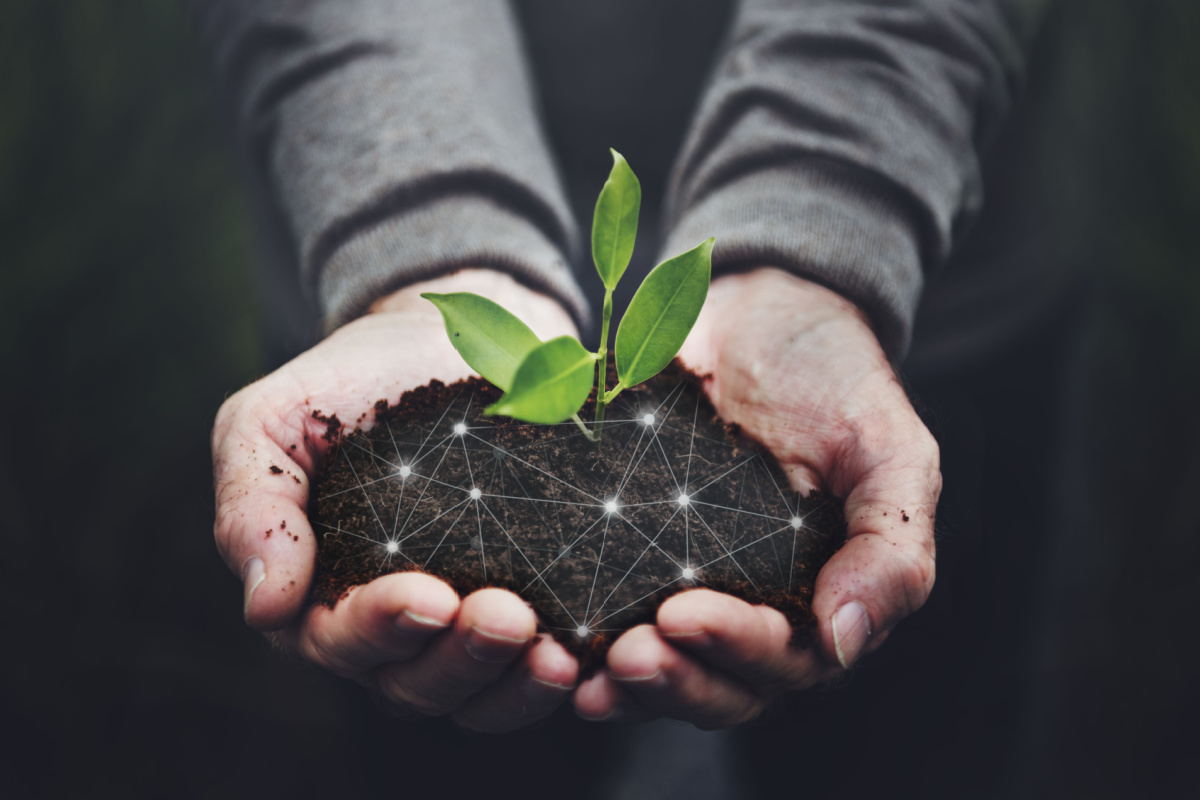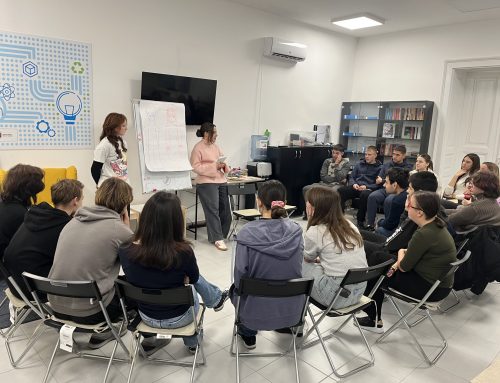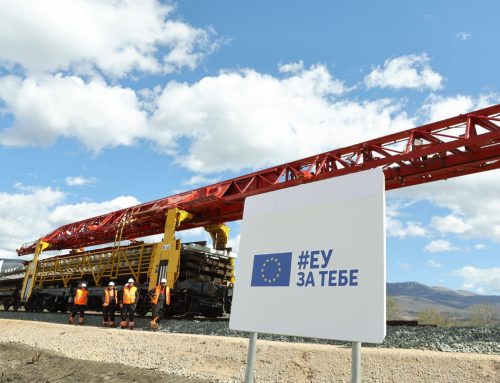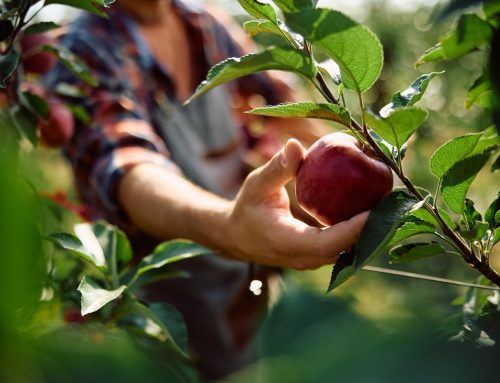The modern world is shaped by rapidly advancing technology, and agriculture is no exception. Dr. Marko Panić, research associate at the BioSense Institute, clearly points out that technology and artificial intelligence play a key role in the transformation of agriculture, enabling efficient management of resources, monitoring of crops and improvement of production quality.
Dr. Marko Panić is a research associate in the field of technological and technical sciences – information technologies at the BioSense Institute. His PhD topic is related to the development of algorithms for accelerated reconstruction of images from non-travel measurements using sparse signal representation and statistical Markov random models. His research direction includes statistical modelling of multidimensional data obtained from different sensors.
He is currently working on the analysis and processing of images obtained from hyperspectral and multispectral cameras using advanced machine learning methods with application in fruit and vegetable quality assessment. As a member of the BioSense team, he participated in the Syngenta competition “Crop Challenge”, which resulted in winning first place. He is actively involved in many projects from the Horizon 2020 call, among them Antares, Cybele, Dragon and Flexirobots, as well as in projects with companies such as Krivaja, MK Agri and Delta Agrar.
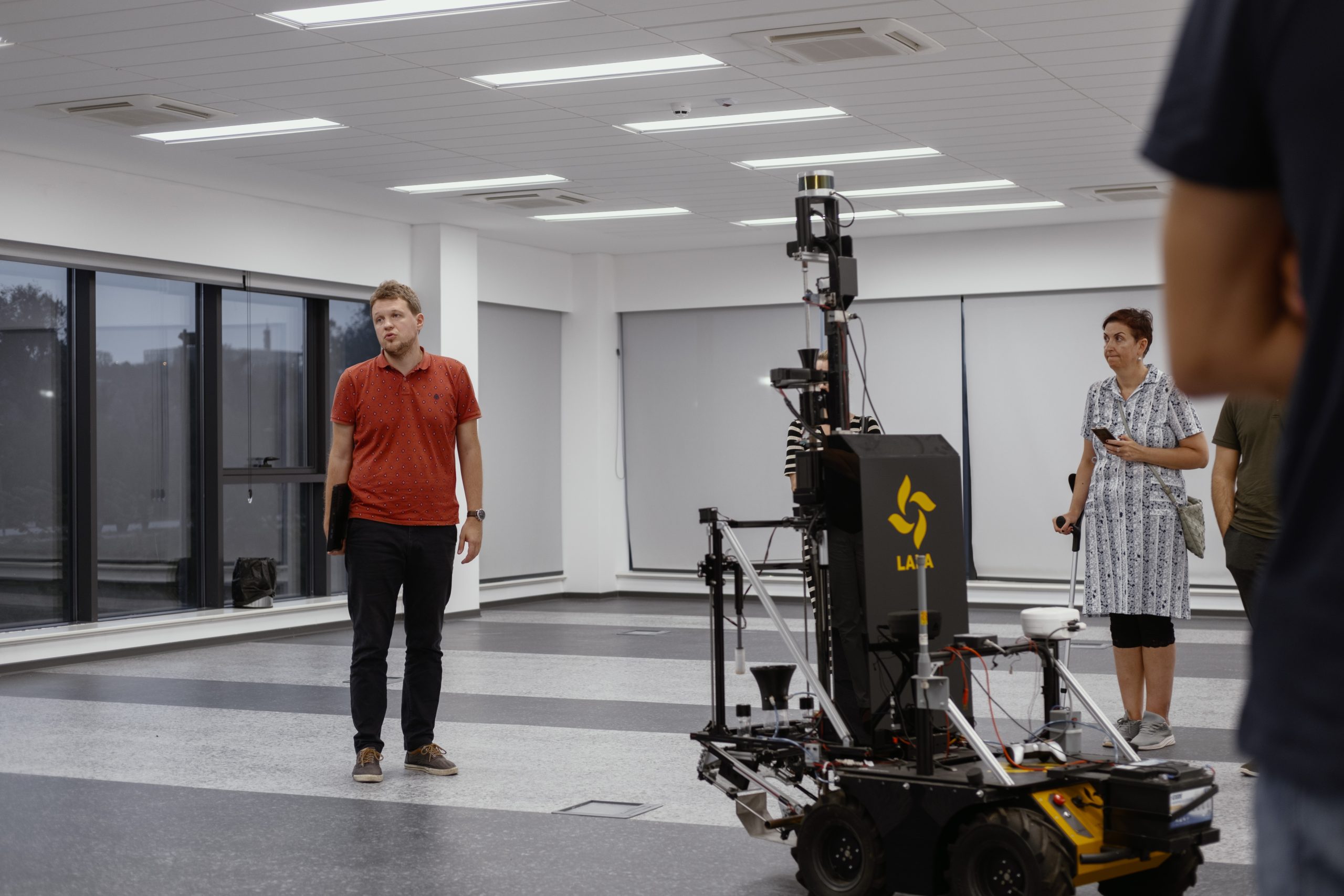
“When it comes to agriculture, digital agricultural platforms are available, such as AgroSense, where the user has the possibility of continuous monitoring of his plots based on satellite images and precise meteorological measurements, as well as keeping a field diary, recommendations for smart fertilisation, the possibility of more precise scanning the plot with a drone, and many other possibilities,” Panić pointed out.
BioSense is a research and development institute for information technologies of biosystems. Founded in 2015, it is a pioneer in the digital transformation of agriculture in Serbia. Investigating the scientific and technological boundaries of the innovative application of IT in agriculture, the Institute strives to provide the Serbian, as well as the global agricultural sector, with superior digital solutions in order to achieve higher yields with less investment.
This institute, in cooperation with the EU info corner Novi Sad, opens its doors to interested visitors at events that will be realised by the end of 2023 as part of the traditional Green Series, which is dedicated to environmental protection.
The first in a series of events was the “Walk through the Future” where visitors got to know the Centres of the BioSense Institute, such as the Center for Product Development, Innovation and Business Development, as well as the Center for Information Technologies.
“Walking through the future” allowed us to take a look at the use of artificial intelligence in agriculture, but also how hyperspectral and multispectral cameras help in, for example, recognising bruises on fruits and vegetables even before they appear.

How does technology and artificial intelligence help agriculture?
The availability and development of modern technologies contribute to timely and accurate monitoring of agricultural production. Advanced sensors, among which multispectral cameras stand out, are used to monitor the condition of crops in fields, conditions in cattle sheds and warehouses. In conjunction with robotic technology, advanced sensors contribute to the development of machines that enable the automation of sowing, harvesting, or protection of agricultural crops as well as livestock management. These devices create a large amount of data, often in real time, and based on their analysis and processing using artificial intelligence methods, it is possible to predict different scenarios that help optimise agricultural practices and thus contribute to savings in production.
Also, artificial intelligence methods accelerate the development of new varieties that are more resistant to diseases, more adaptable to climate changes and provide higher yields, and better optimisation is achieved in the entire production chain.
Does the use of artificial intelligence in agriculture help us produce healthier fruits, without, for example, a lot of pesticides?
By using artificial intelligence algorithms on the collected data from advanced sensors, a more optimal application of pesticides is achieved. Primarily, continuous monitoring of crops enables preventive and timely action in the initial stages of the appearance of diseases and pest attacks, which certainly reduces the use of pesticides in the first step. Automated robotic platforms in the field apply targeted treatment with pesticides in selected areas.
With further education of farmers, it is possible to integrate organic methods that, based on ecological methods of disease or pest control, require reduced use of pesticides and thus contribute to a more environmentally friendly way of agricultural production.

Does the use of artificial intelligence in agriculture help us produce healthier fruits, without, for example, a lot of pesticides?
By using artificial intelligence algorithms on the collected data from advanced sensors, a more optimal application of pesticides is achieved. Primarily, continuous monitoring of crops enables preventive and timely action in the initial stages of the appearance of diseases and pest attacks, which certainly reduces the use of pesticides in the first step. Automated robotic platforms in the field apply targeted treatment with pesticides in selected areas.
With further education of farmers, it is possible to integrate organic methods that, based on ecological methods of disease or pest control, require reduced use of pesticides and thus contribute to a more environmentally friendly way of agricultural production.
How much does the application of artificial intelligence in agriculture contribute to savings when it comes to the production of certain agricultural goods?
Agricultural management that includes and uses the benefits of automation and the application of artificial intelligence can achieve savings in several directions – reducing the use of human labor for difficult tasks in the field, enabling timely action if a certain disease or crop damage occurs, the application of variable and optimal use of fertilisers and treatments based on soil variability and crop conditions, etc. By combining all these steps, it is possible to achieve savings in the production of agricultural goods.
As we have already stated, Dr. Marko Panić, a research associate at the BioSense Institute, currently focuses on the analysis and processing of images obtained from hyperspectral and multispectral cameras.
A hyperspectral camera is an advanced optical device that is most often used to record the visible, but also invisible to the naked eye, infrared part of the spectrum. Thanks to these characteristics, an extremely informative spectral profile is obtained for each point (pixel) in the image, which can be used to analyze the surface properties and identify the chemical composition of the material. Hyperspectral cameras are used in various fields such as geology, medicine and agriculture.
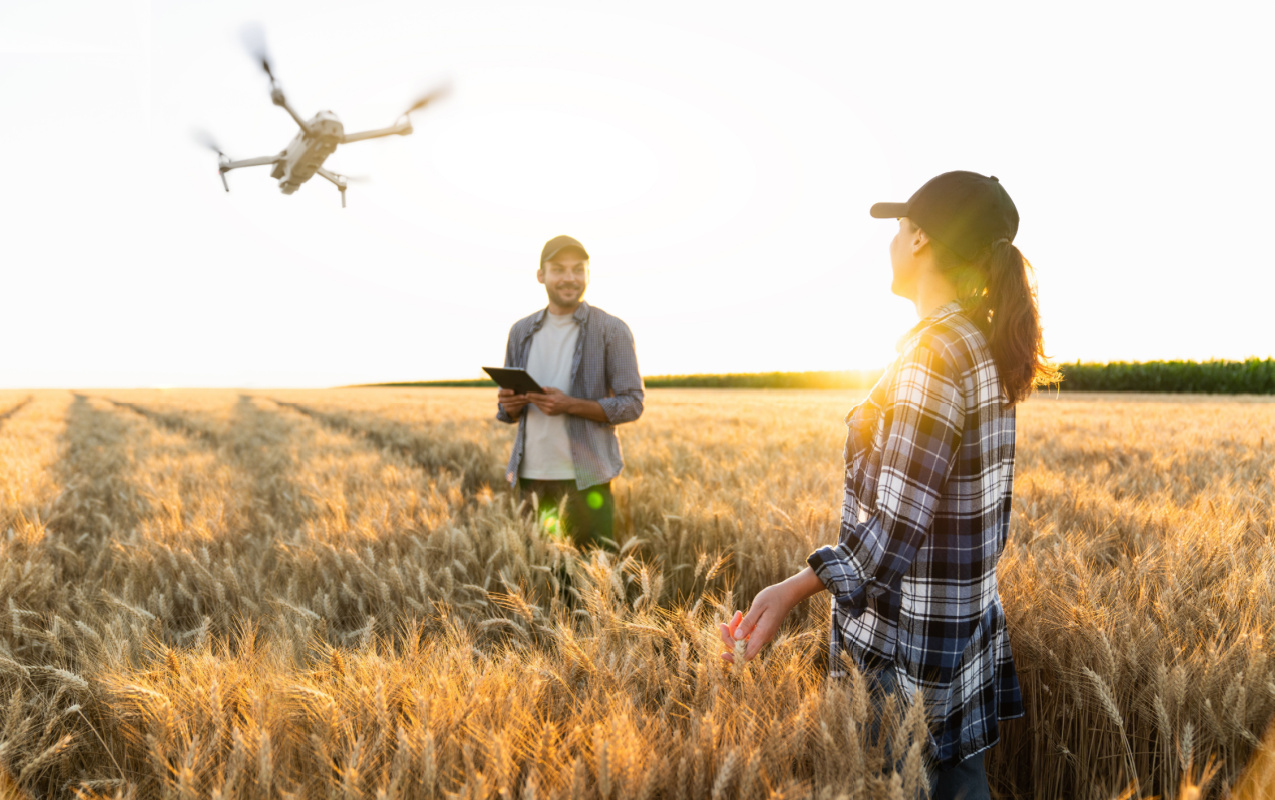
How are hyperspectral cameras used in agriculture?
Hyperspectral cameras are widely used in agriculture to improve crop and soil management. They are used to monitor plant health and early detection of disease, stress and the presence of pests through the analysis of leaf spectral characteristics. These cameras can also be used to analyze soil quality and irrigation procedures, which helps farmers make optimal decisions about water and fertilizer use, thereby increasing the efficiency of agricultural production and reducing the negative impact on the environment. Hyperspectral imaging can also be used after the end of the harvest, in order to improve the management of transport and storage, as it contributes to the precise evaluation of the quality and durability of fruits or seeds.
Can we make a comparison – how many hyperspectral cameras are already used in the European Union, and how many in our country?
In the EU, there are many laboratories with advanced equipment for plant phenotyping under controlled conditions, which, in addition to RGB cameras, includes hyperspectral, fluorescent, thermal and 3D cameras. Research and development institutes in the Netherlands and France are leading the way in creating experiments under controlled conditions in greenhouses, where the mentioned equipment is used for plant phenotyping. Our focus is more on the phenotyping of agricultural crops, using drones with multispectral cameras. In experimental trials in the field, in which we collaborate with researchers from the Zemun Polje Institute and NS seme, the condition of crops is monitored using multispectral images obtained from a drone and the resistance of plants to stress is assessed. We believe that this equipment will expand the research capabilities of the BioSense Institute and that it will contribute to better cooperation with other scientific institutions, one of the possible focuses of which is research in the field of plant phenotyping.
The phenotyping laboratory at the BioSense Institute helps in understanding the state of plants through the different phenological stages of their development. This gives a more precise insight into the reaction of plants to various types of stress to which they are exposed, and contributes to making more optimal decisions related to irrigation, fertilisation and protection treatments during the process of their production.

